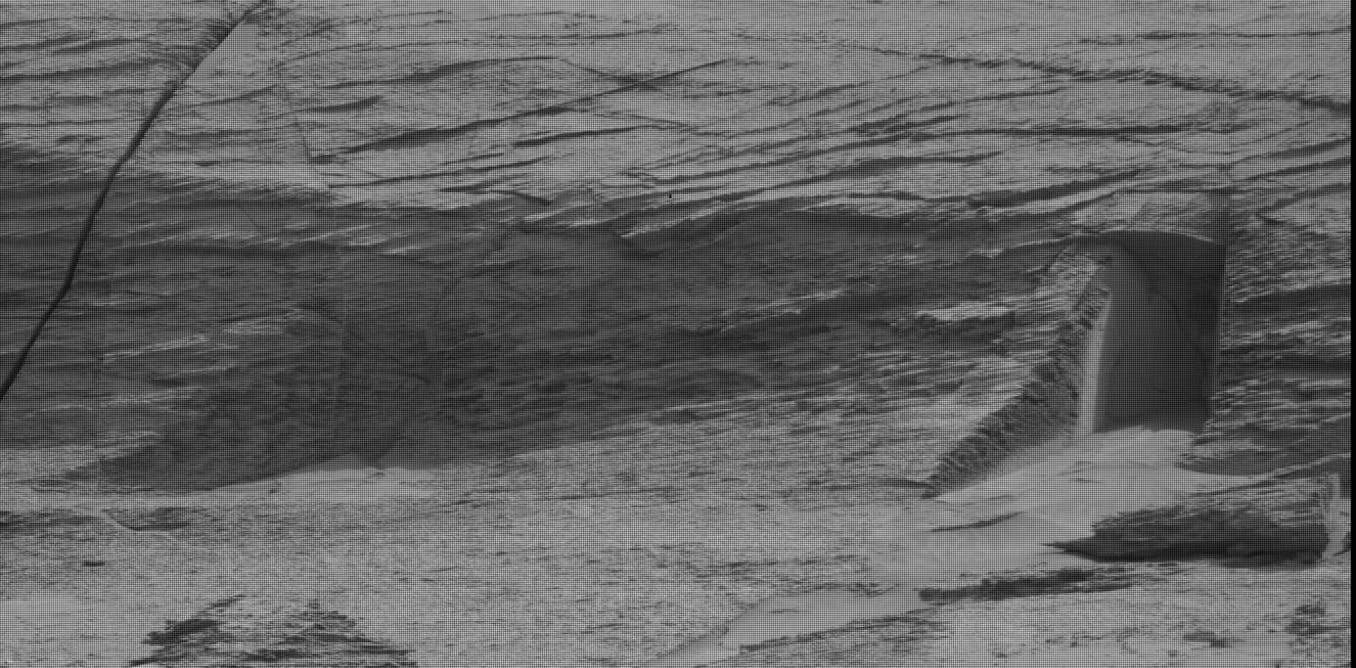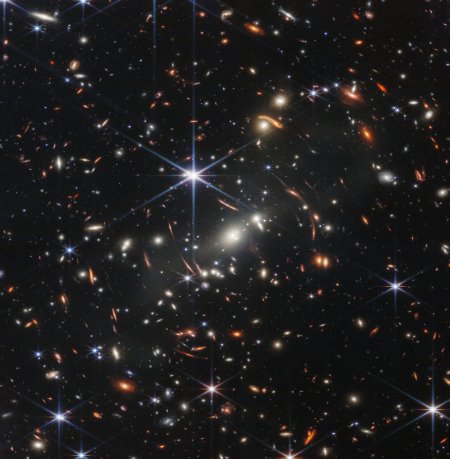perafilozof
Slavan
- Učlanjen(a)
- 06.03.2013
- Poruke
- 2,705
- Poena
- 275
Moja oprema
- Steam
- perablenta
- Pristup internetu
- Optički internet
Dokle god ne budu imali bliski susret treće vrste sa nekim macro asteroidom "mališe" će da piče. Oprema i nema nekog drugog razloga da se kvari, daleko su da bi temperatura varirala.
Samo što imam osećaj da će jednog dana da doguraju do par svetlosnih godina a neki napaljeni tinejdžer će da ih slupa u svoj ludoj vožnji negde tamo 3245. god.
Samo što imam osećaj da će jednog dana da doguraju do par svetlosnih godina a neki napaljeni tinejdžer će da ih slupa u svoj ludoj vožnji negde tamo 3245. god.






